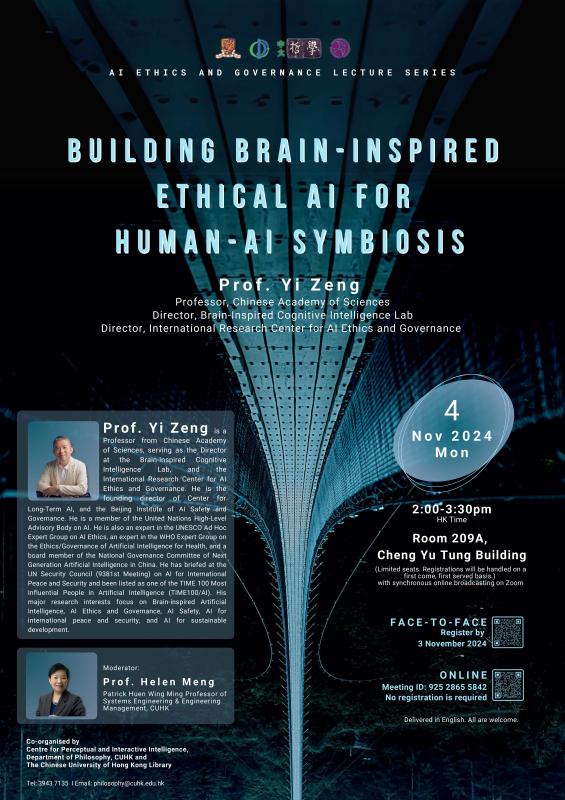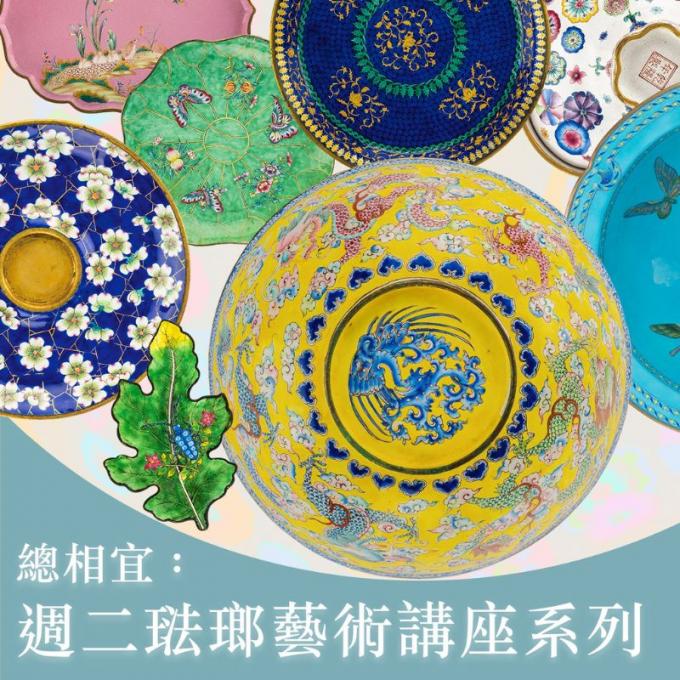Mandarin Chinese is widely believed to observe the Phrase Structure Condition (Huang 1982; hereafter ‘PSC’), a PF-filter on phrase-structural representations that forbids the occurrence of two (or more) syntactic constituents in the postverbal field. This idea has proved highly important and influential, which continues to inform very recent literature (Sybesma 1999; Tieu 2008; Liao 2014; Chung 2017 among others; see also Shu 2018 for an explicit minimalist reformulation).

In this talk, I revisit the empirical domains that are initially taken to support the PSC. Regarding verb doubling, I propose that the phenomenon is not a repair strategy that amnesties potential PSC violations. Rather, verb doubling arises as a side effect of an optional syntactic operation that fronts VP to a clausal position in the preverbal field, in line with robust crosslinguistic correlations reported in Hein (2018). Data that apparently indicate that verb doubling is obligatory merely reflect independent interpretive constraints on object scrambling, which is known to exist in the language (Soh 1998). Time permitting, I will also go into external possession and ‘breakable compounds’, and demonstrate that the relevant restrictions that these constructions observe follow readily from the limited number of nominal licensors within the postverbal field (as inspired by Li 1985, 1990).
The overall conclusion, then, is that there is nothing special about the Mandarin postverbal field. More specifically, under more recent theoretical contexts, the relevant word order phenomena can be captured under the same algorithms that linearise verbal dependents in head-initial languages like English.
Speaker
Dr. Jackie Yan Ki LAI (The Chinese University of Hong Kong)
Jackie Yan-Ki Lai received his PhD in linguistics from The University of Chicago. Prior to his doctoral studies, he received his BA degree with First Class Honours and his MPhil degree from the University of Hong Kong and The Chinese University of Hong Kong respectively. He is primarily interested in syntax, morphology, and the syntax–semantics interface, with specific focus on Chinese languages like Mandarin and Cantonese. Jackie works on dislocation, ellipsis, phrase structure, compounding, as well as topics of interest to researchers specialising in other subfields of linguistics. Currently, he is examining the syntax and semantics of the inner aspect -le in Chinese, a collaborative project being undertaken together with faculty members at CUHK.











